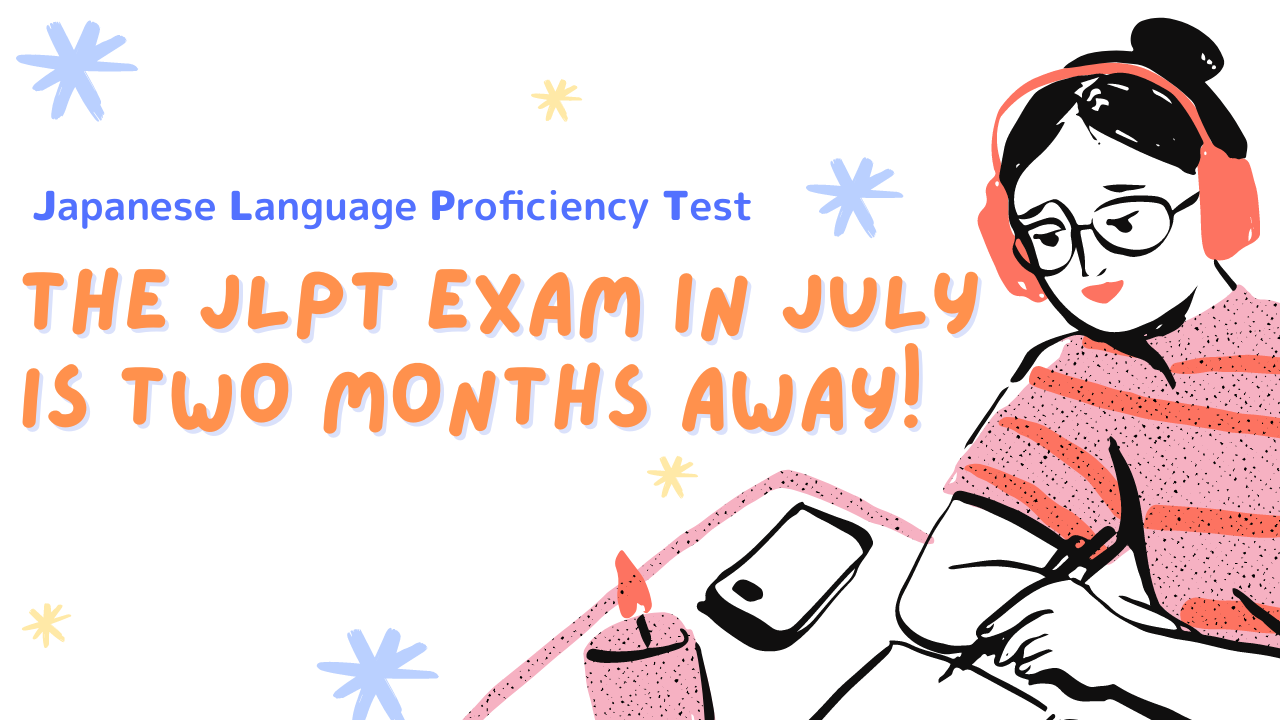What is the JLPT?
Certification test to measure Japanese language level
The JLPT (Japanese Language Proficiency Test) is a certification test to measure foreigners’ level of Japanese. There are five levels, from N1 to N5, with N1 being the most difficult with an average pass rate of about 30%. The JLPT is held twice a year and can be taken abroad. In 2019, more than 1 million people took the exam. As it is a worldwide test, the results will have great persuasive power in proving Japanese language proficiency.
This exam can be a condition for getting a job or studying in Japan
There are many companies and universities that require JLPT results as an application requirement for foreigners to work or study in Japan. It can be said that the level of Japanese comprehension of foreign human resources is quite high, especially at the N1 level, etc. Even when doing business, having a high level of Japanese makes it possible to communicate relatively smoothly. However, the JLPT is only an indicator to measure Japanese language proficiency, and there are foreign employees who can communicate smoothly even if they have not obtained the N1 level.
JLPT Test centers around the world in 2023
As of January 2023, 47 testing venues are in Japan and 274 overseas centers in 94 countries worldwide. The total number of candidates surpassed 1 million in 2017.
In the USA, there are several authorized testing centers — Los Angeles, Chicago, New York, Honolulu, Atlanta, San Francisco, Washington, D.C., Seattle, Fayetteville (Arkansas), Philadelphia, Boston, Houston, Ann Arbor, Boulder, Columbus, Miami, Portland, and Newark.
You can check the entire list on the official site.
How to Apply?
Anyone wishing to take the test should register at least two to three months in advance (check the official website for exact dates).
You can register by email or online only during the registration period.
You can also visit your nearest centers, along with a passport-sized photograph, the registration fee, and a photo-identity card like a passport or driving license. Then, finally, fill out the complete application form.
N1-N5: Linguistic competence required for each level
The JLPT has five levels: N1, N2, N3, N4 and N5. The easiest level is N5 and the most difficult level is N1.
N4 and N5 measure the level of understanding of basic Japanese mainly learned in class. N1and N2 measure the level of understanding of Japanese used in a broad range of scenes in actual everyday life. N3 is a bridging level between N1/N2 and N4/N5.
N1
The ability to understand Japanese used in a variety of circumstances.
| Reading | ・One is able to read writings with logical complexity and/or abstract writings on a variety of topics, such as newspaper editorials and critiques, and comprehend both their structures and contents. ・One is also able to read written materials with profound contents on various topics and follow their narratives as well as understand the intent of the writers comprehensively. |
| Listening | ・One is able to comprehend orally presented materials such as coherent conversations, news reports, and lectures, spoken at natural speed in a broad variety of settings, and is able to follow their ideas and comprehend their contents comprehensively. One is also able to understand the details of the presented materials such as the relationships among the people involved, the logical structures, and the essential points. |
N2
The ability to understand Japanese used in everyday situations, and in a variety of circumstances to a certain degree.
| Reading | ・One is able to read materials written clearly on a variety of topics, such as articles and commentaries in newspapers and magazines as well as simple critiques, and comprehend their contents. ・One is also able to read written materials on general topics and follow their narratives as well as understand the intent of the writers. |
| Listening | ・One is able to comprehend orally presented materials such as coherent conversations and news reports, spoken at nearly natural speed in everyday situations as well as in a variety of settings, and is able to follow their ideas and comprehend their contents. One is also able to understand the relationships among the people involved and the essential points of the presented materials. |
N3
The ability to understand Japanese used in everyday situations to a certain degree.
| Reading | ・One is able to read and understand written materials with specific contents concerning everyday topics. ・One is also able to grasp summary information such as newspaper headlines. ・In addition, one is also able to read slightly difficult writings encountered in everyday situations and understand the main points of the content if some alternative phrases are available to aid one’s understanding. |
| Listening | ・One is able to listen and comprehend coherent conversations in everyday situations, spoken at near-natural speed, and is generally able to follow their contents as well as grasp the relationships among the people involved. |
N4
The ability to understand basic Japanese.
| Reading | ・One is able to read and understand passages on familiar daily topics written in basic vocabulary and kanji. |
| Listening | ・One is able to listen and comprehend conversations encountered in daily life and generally follow their contents, provided that they are spoken slowly. |
N5
The ability to understand some basic Japanese.
| Reading | ・One is able to read and understand typical expressions and sentences written in hiragana, katakana, and basic kanji. |
| Listening | ・One is able to listen and comprehend conversations about topics regularly encountered in daily life and classroom situations, and is able to pick up necessary information from short conversations spoken slowly. |


コメント